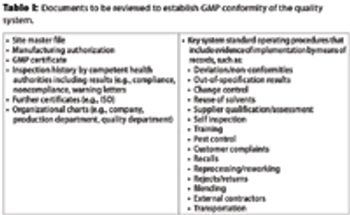
The authors present solutions based on a review of current service offerings and their audit experience.

The authors present solutions based on a review of current service offerings and their audit experience.
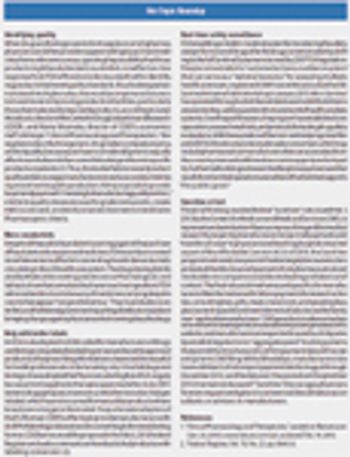
Vaccine development is benefiting from manufacturing advances.
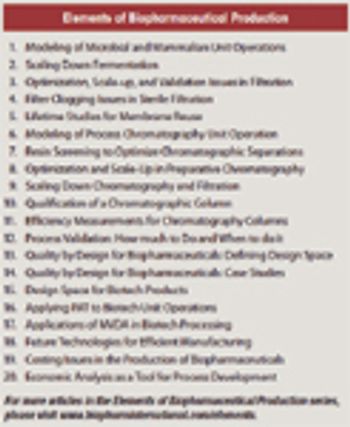
Aggregate formation is influenced by multiple aspects of the bioproduction process but can be mitigated by good process design and control.

BioPharm International spoke with industry experts about the effect FDA's 2011 process validation guidance has had on industry.

USP's focus in 2013 involves standards relating to organic impurities, measurement of residual DNA and host-cell proteins in biotechnology products, and elemental impurities.

Discussions are underway as the pharmaceutical sector calls for greater consistency in the global monitoring of GMP compliance and quality testing of APIs and finished medicines.

Shortages spur efforts to overhaul manufacturing oversight.

Innovative products and a range of indications drive the therapeutic antibody market.

Therapeutics targeting epigenetic mechanisms of disease will change the pharmaceutical marketplace.
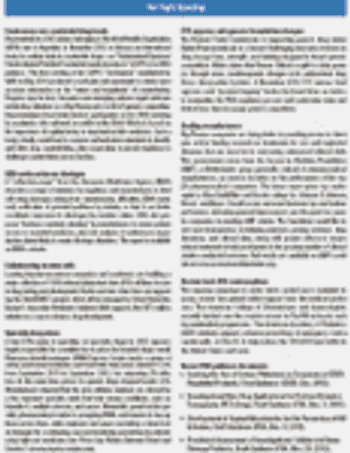
Shortages spur efforts to overhaul manufacturing oversight.

The EU fine-tunes the Falsified Medicines Directive.

White House and Congress likely to struggle over funding for bio/pharmaceutical regulation.
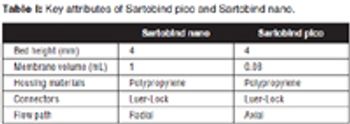
The authors describe the development of an ultra scale-down anion exchange membrane adsorber, and demonstrate scalability to larger-scale devices.
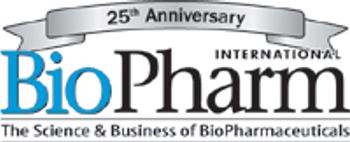
This month, Sharon Strause, an industry consultant, provides a look back at "Computer System Validation Part I: Testing and Verification of Applications Software" by Leonard J. Goren.
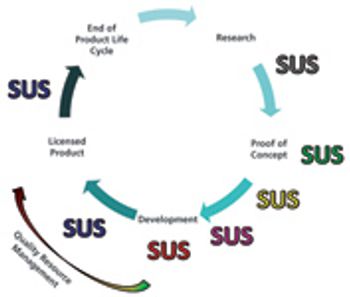
Insights on single-use systems implementation and exploitation in biopharmaceutical manufacturing and processing, based on a QbD approach.

Scaling up stem-cell cultures requires careful consideration of the bioreactor design.
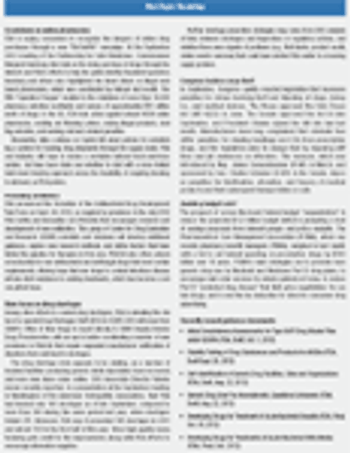
Manufacturing and in-depth characterization provide basis for demonstrating product equivalence.

AET BioTech and BioXpress Therapeutics have entered into an agreement to codevelop a biosimilar version of Abbott's tumor necrosis factor inhibitor monoclonal antibody adalimumab.
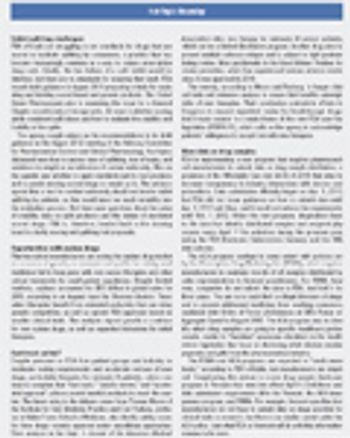
User fees aim to speed approvals and support inspections.

Recently published research demonstrates how nanoparticles can be used to overcome hurdles in localized drug delivery.
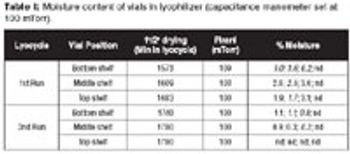
Using an alternate moisture-generation method may provide more accurate data for regulatory submissions.

USP Hosts Symposium on Science and Standards

The authors demonstrate how an integrated model is helping to achieve regulatory flexibility. This article is part of a special section on biopharmaceutical trends.

Manufacturers and regulators struggle to control phony versions of crucial medicines.

Import controls and risk strategies aim to promote quality and spur new drug development.